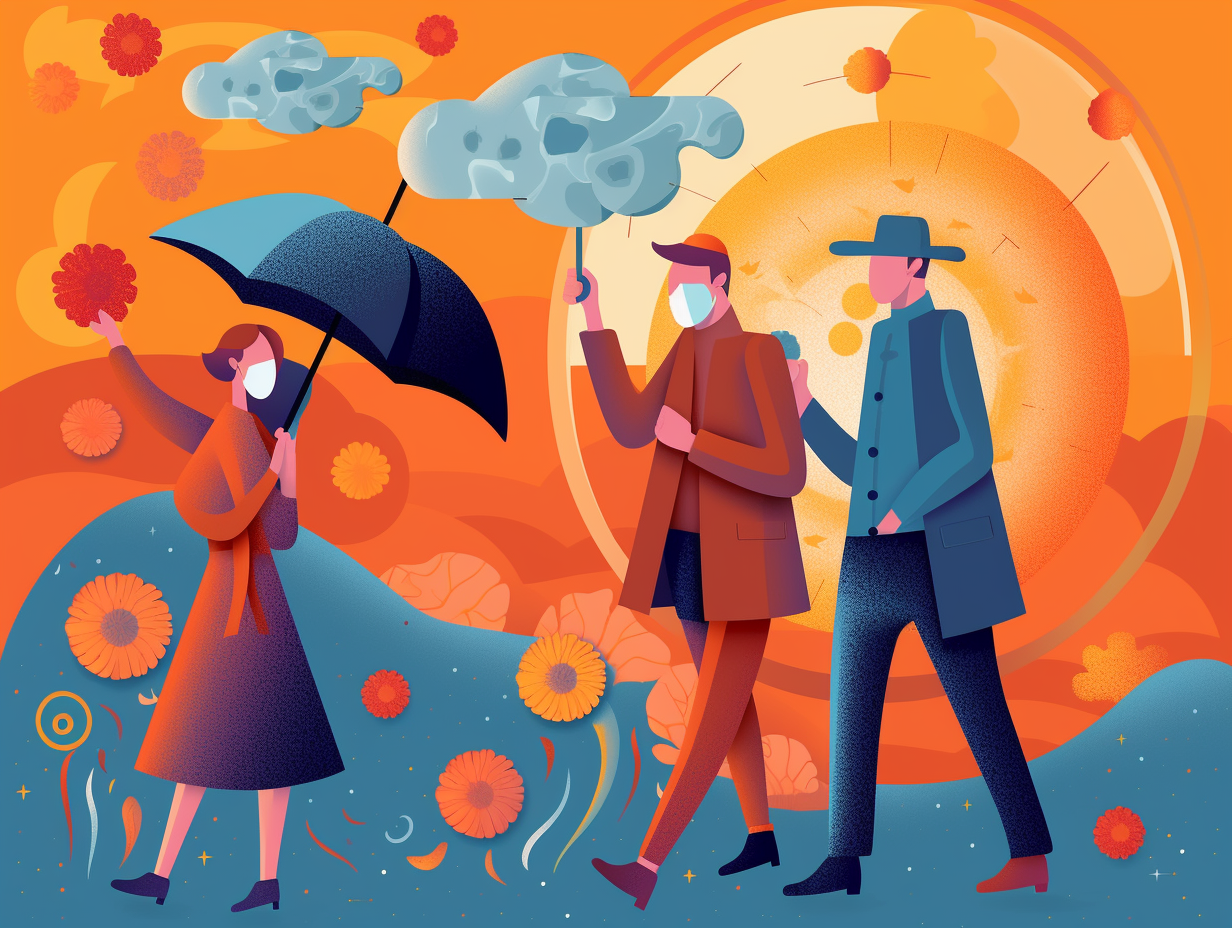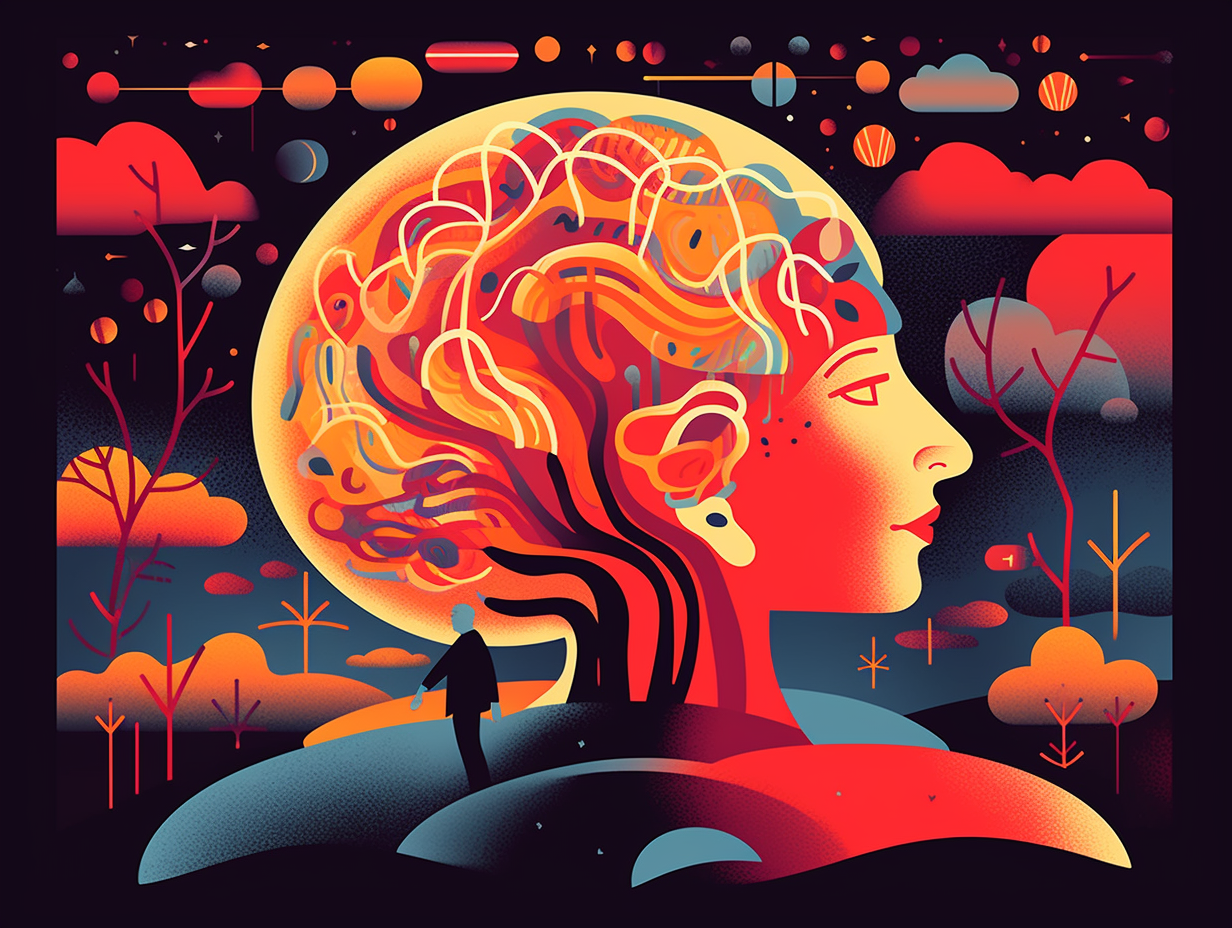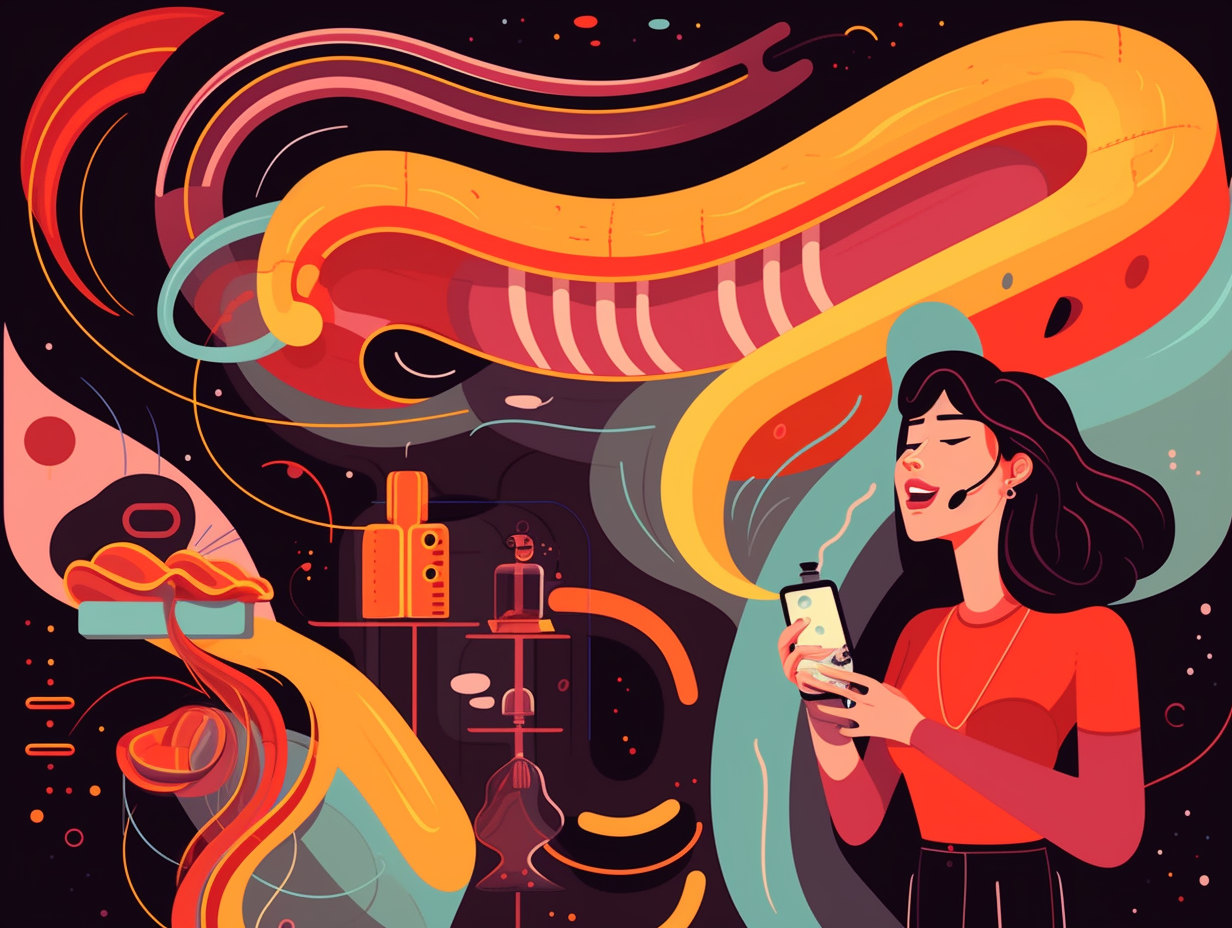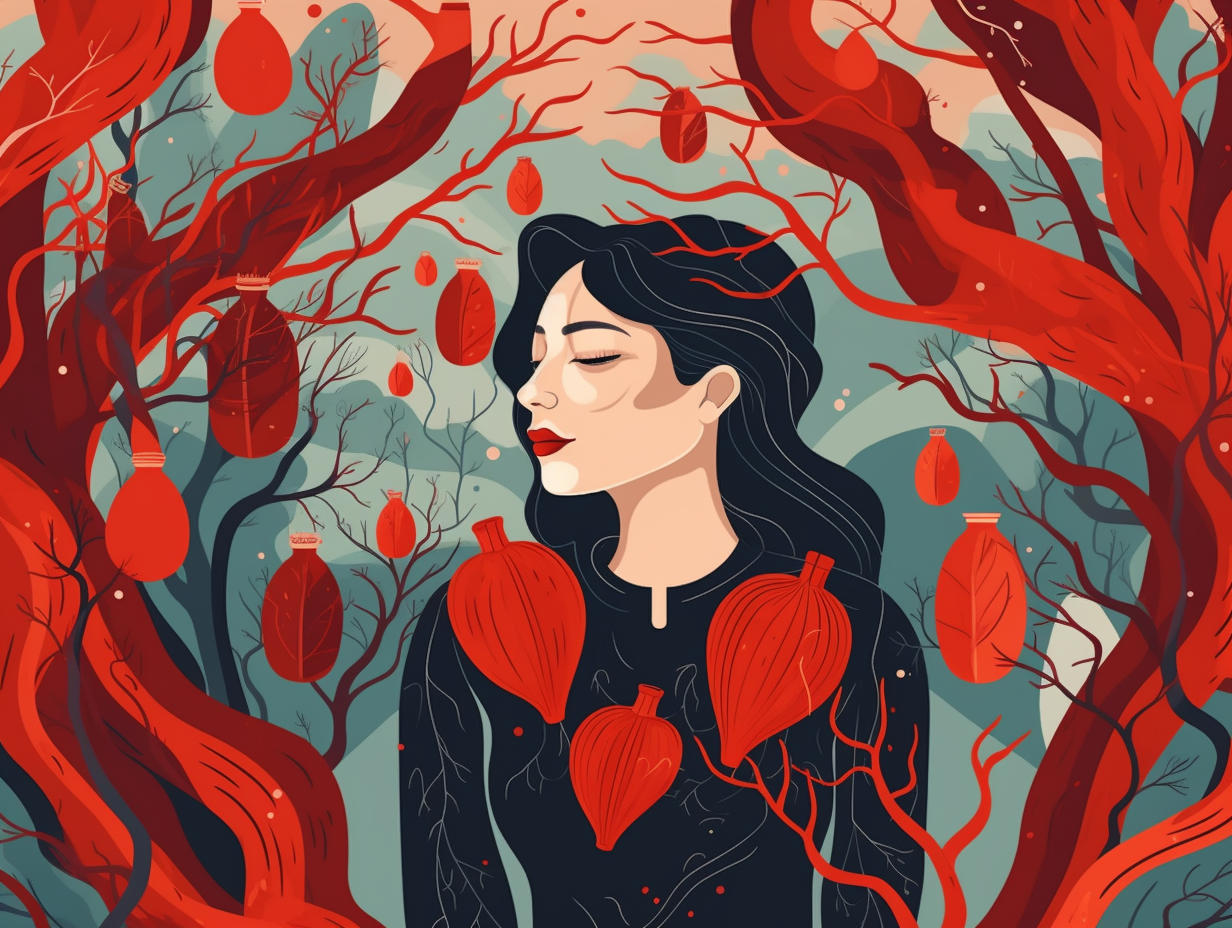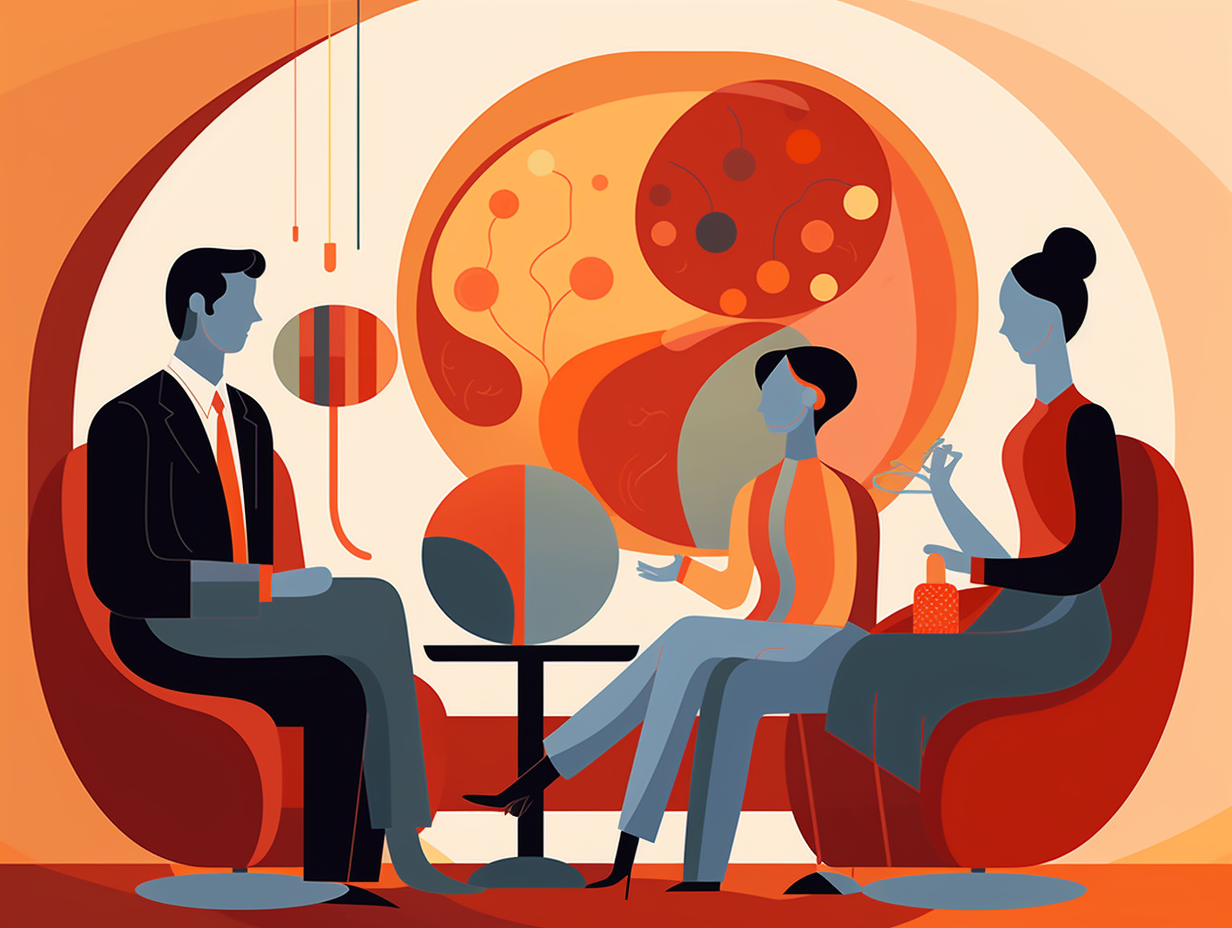Discover the Wonders of Science: 14 Fascinating and Fun Facts About Biochemistry
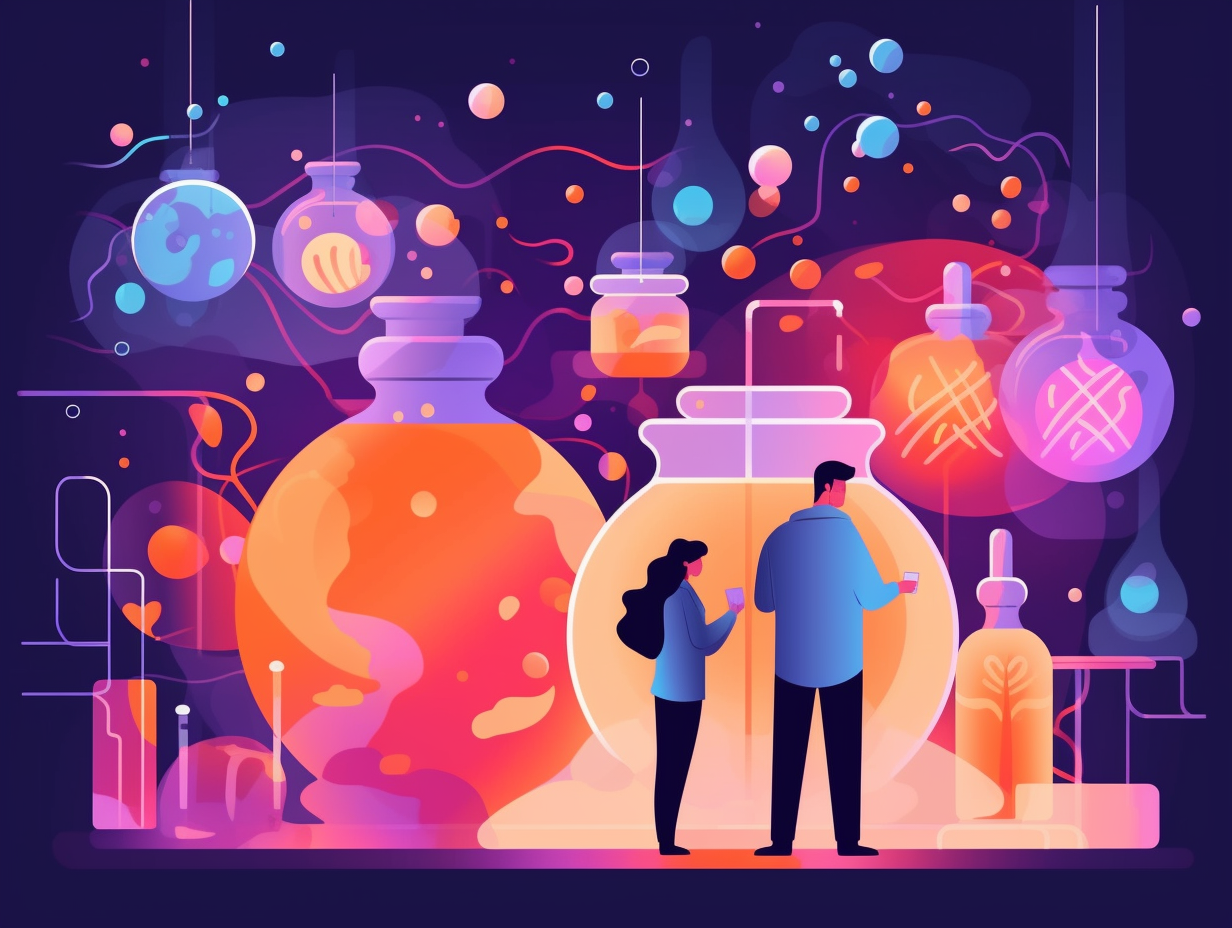
1. The Mighty Protein Titin
Muscles, get ready to be schooled: The protein titin is so colossal it makes a weightlifter look like a shrimp! Hiding within your muscles, this behemoth of a molecule stretches out to an astonishing 38,138 amino acids long and functions as a practically superheroic elastic connector, returning muscles to their original shape after daring feats of strength or casual yoga sessions.
Source => ncbi.nlm.nih.gov
2. Allosteric Enzymes: Life of the Biosensor Party
When enzymes are feeling allosteric, they're the life of the biosensor party, loosening up and making chemical reactions more exciting: Allosteric enzymes have separate regulatory and substrate binding sites that enable precise control over reactions, making them essential for biosensor development and enzyme kinetics studies.
Source => sciencedirect.com
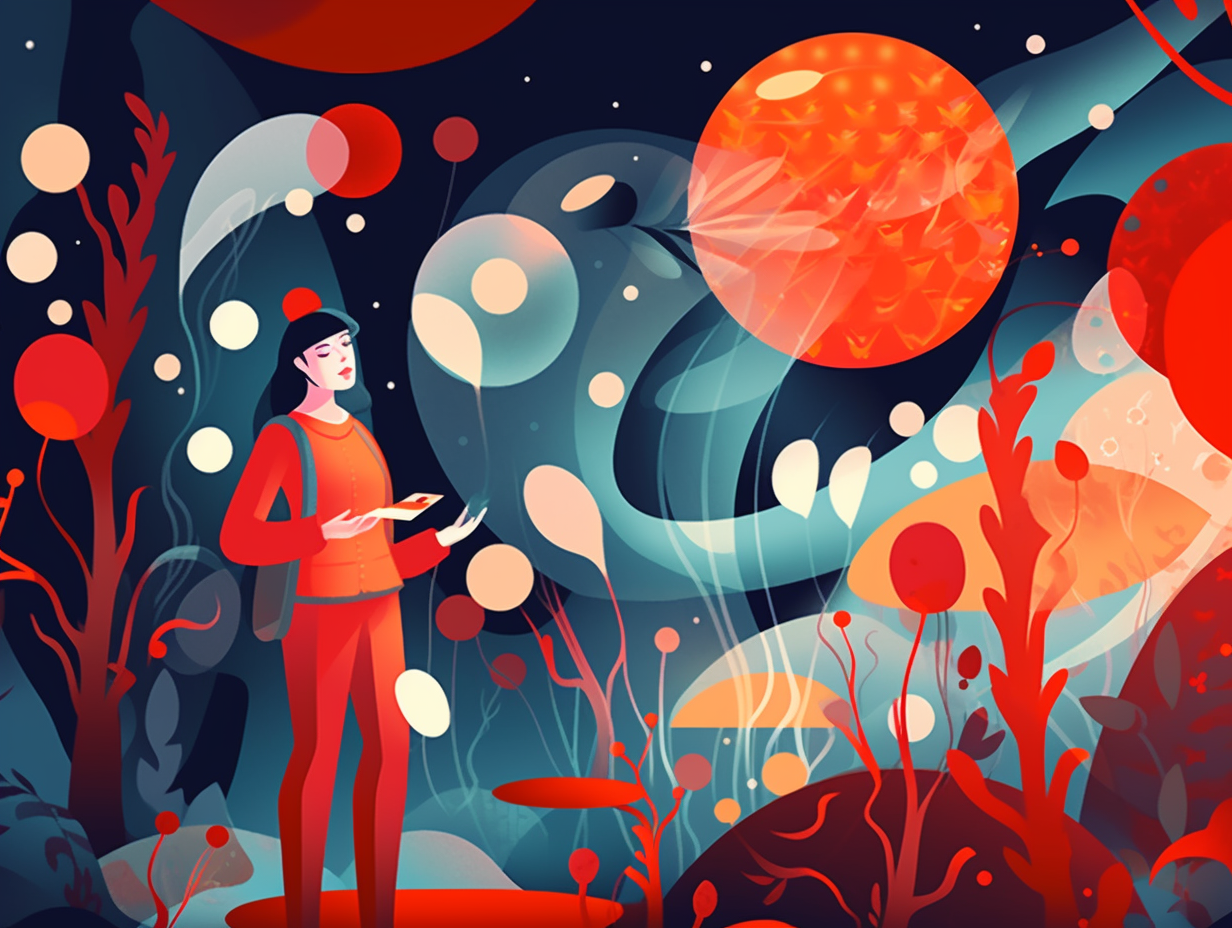
Did you know hydrogen atoms are party animals with a secret talent for tunneling? Discover how they speed up chemical reactions in enzymes with their amazing quantum abilities! 🚀💥
=> Fun Facts about Enzymes
3. Iron Man Meets The Thing: Iron-Sulfur Clusters
What do you get when Iron Man and The Thing walk into a bar and engage in a little molecular mixology? Iron-sulfur clusters, of course: these intricate arrangements of iron and sulfur atoms found within proteins play pivotal roles in electron transfer and redox sensing in biochemical reactions.
Source => en.wikipedia.org
4. Sugar Rush Bouncer: TAS1R2/TAS1R3 Receptor
Did you ever wonder how something sweet can instantly make your day a whole lot sweeter? It’s all thanks to a tiny taste bud bouncer, who, once granted entry to the sweetness party, sets off a flavorful fiesta in your mouth: The TAS1R2/TAS1R3 G protein-coupled receptor is responsible for our perception of sweetness. It's a member of the class C family and undergoes impressive conformational changes when it meets a sweetener, dancing its way to activate the G protein, and bringing the sugar rush sensation to our taste buds.
Source => ncbi.nlm.nih.gov
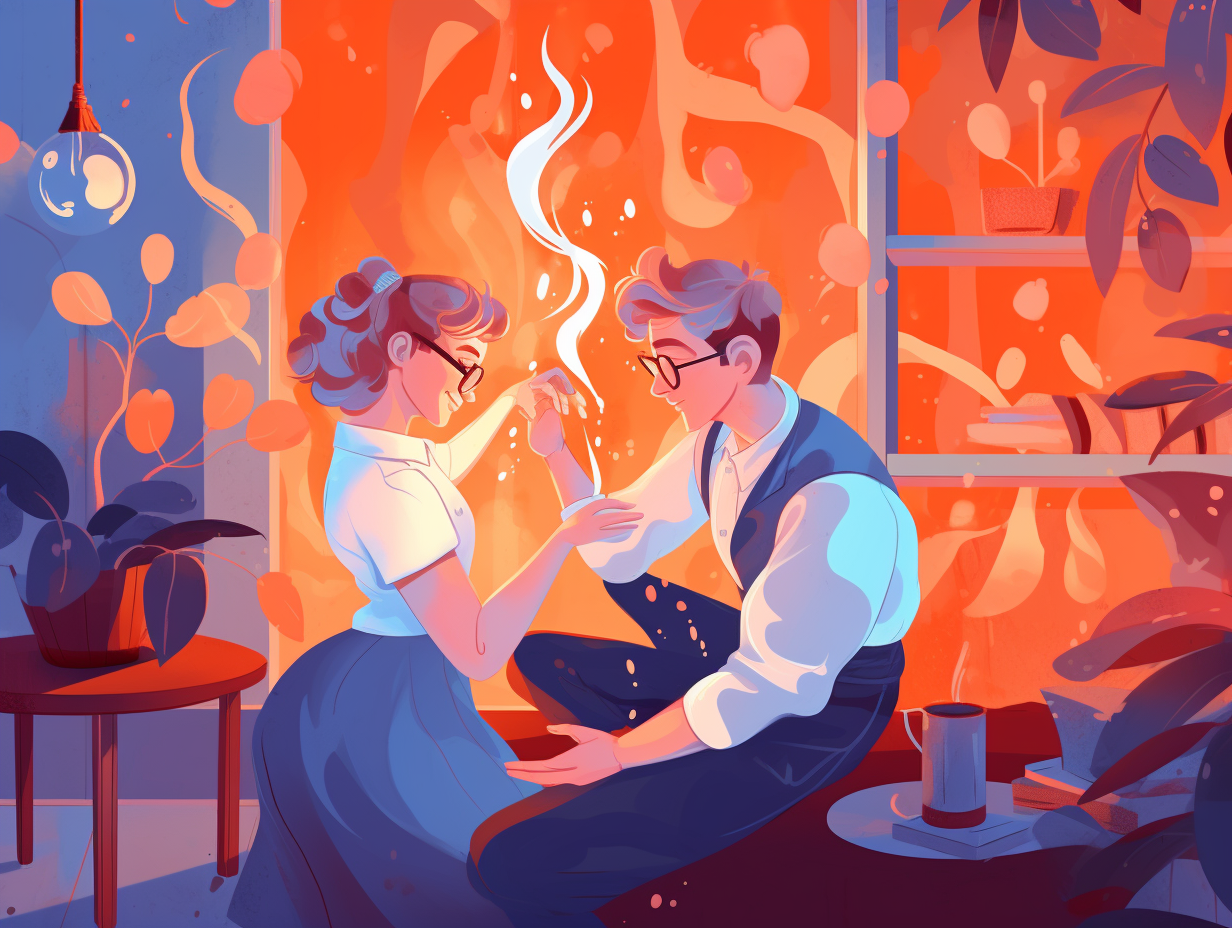
5. Actin Filaments: Cellular Party Masterminds
Imagine if your cells threw a party, and actin filaments were the bouncers, decorators, and DJs all rolled into one: These multitasking proteins maintain cell shape, provide support, and facilitate movement by forming bundles, networks, and semisolid gels, all while answering to the dynamic beat of actin-binding proteins controlling their assembly, rearrangement, and disassembly.
Source => ncbi.nlm.nih.gov
6. Secretly Spifty Genes: Alternative Splicing
In a twist that would make M. Night Shyamalan proud, our genes have been secretly producing alternate versions of themselves to keep things fresh and interesting: Alternative splicing is a masterful maneuver that lets a single gene create multiple unique mRNA and protein isoforms, contributing to proteome complexity and supporting proper human development by regulating tissue and organ growth!
Source => ncbi.nlm.nih.gov
7. Protein Mingling 101
If proteins were guests at a molecular party, there'd certainly be a lot of mingling: the strength of such interactions is actually dependent on a whole host of factors, like buried treasure, puzzle pieces, and their personal alphabet soup! On a serious note: protein interactions, crucial for cellular functions, are determined by factors such as the buried surface area, interface shape, and contributing amino acid residues, ultimately affecting binding affinity and the development of novel therapeutics.
Source => ncbi.nlm.nih.gov
8. Cells' Party Mode: Autophagy
If cellphones have Airplane mode, our cells have a Party mode called Autophagy: a vital process that helps maintain cellular quality control, recycles waste components, and even helps fight off invading pathogens while regulating our immune system's inflammatory responses in a surprisingly helpful and versatile fashion!
Source => ncbi.nlm.nih.gov
9. Mitochondria: Bacteria Turned Roommates
When the high life got too much for the freelance bacteria, they decided to bunk with a eukaryotic mate – and so began a tale as old as time, the cohabitation that changed what "living the cellular dream" meant: Mitochondria can be traced back to a bacterial ancestor that moved into eukaryotic cells about 1.5 billion years ago, leading to endosymbiosis. Sporting their own mitochondrial DNA and playing a pivotal role in energy production, stress responses, and cell survival, mitochondria have come a long way from their wild free-living days.
Source => ncbi.nlm.nih.gov

10. Proteins' New Career: Bacterial Binders
Talk about a career change! Some proteins were once typecast as mere metabolic agents, but, surprise surprise: they now flex their acting chops as bacterial binders and Big Bad Wolves of the micro-world, making them potential superstar targets for antimicrobial therapies.
Source => ncbi.nlm.nih.gov
11. mRNA: A Protein Synthesis Star
Roll out the red carpet and prepare your dramatic pause, because mRNA is ready for its close-up as the master blueprint in the glamorous world of protein synthesis: During this star-studded process, mRNA takes center stage, guiding the assembly of amino acids into protein chains, with the help of its trusty sidekicks, tRNA and rRNA, and making its stylish debut in both the cytoplasm of prokaryotic cells and the nucleus and cytoplasm of eukaryotic cells.
Source => biologyonline.com
12. Secret Cellular Soiree: Hormone Hoedown
Ever heard of the body's secret cellular soiree? It's a non-stop, humdinger of a hormone hoedown!: In the realm of biochemistry, chemical signals like hormones, neurotransmitters, growth factors, and cytokines play an essential role in cellular communication and coordination of bodily functions by binding to specific cell receptors – a critical process known as signal transduction, where a malfunction could lead to cardiovascular issues and other maladies.
Source => pubmed.ncbi.nlm.nih.gov
13. Cholesteropoly: Good Fats vs. Bad Fats
In the game of Cholesteropoly, trans fats are the villains that'll give your arteries a "Get Clogged" card, while monounsaturated and polyunsaturated cis fats bribe the Heart Health Sheriff to look the other way: Unsaturated fats can come in two arrangements - "cis" or "trans" - with the latter being linked to an increased risk of heart disease while cis fats can actually improve cholesterol levels. The FDA is in on the crackdown, regulating trans fats and even inspiring some states to kick them out of the restauranteur's club!
Source => diffen.com
14. Irreversible Inhibition: The Clingy Ex of Enzymes
Move over, clingy exes, there's a new kind of attach that's even more obsessed: irreversible enzyme inhibition! Yep, some gnarly compounds like poisons just can't take the hint, latching onto enzymes for dear life and rendering them totally useless. Funnily enough, it's called irreversible inhibition: a permanent bond created between the inhibitor and the enzyme's active site that ultimately deactivates it. On the flip side, reversible inhibition is just well, reversible - the enzyme can resume its activities once the inhibitor decides to call it quits. Talk about chemistry commitment issues, am I right?
Source => chem.libretexts.org
Related Fun Facts








